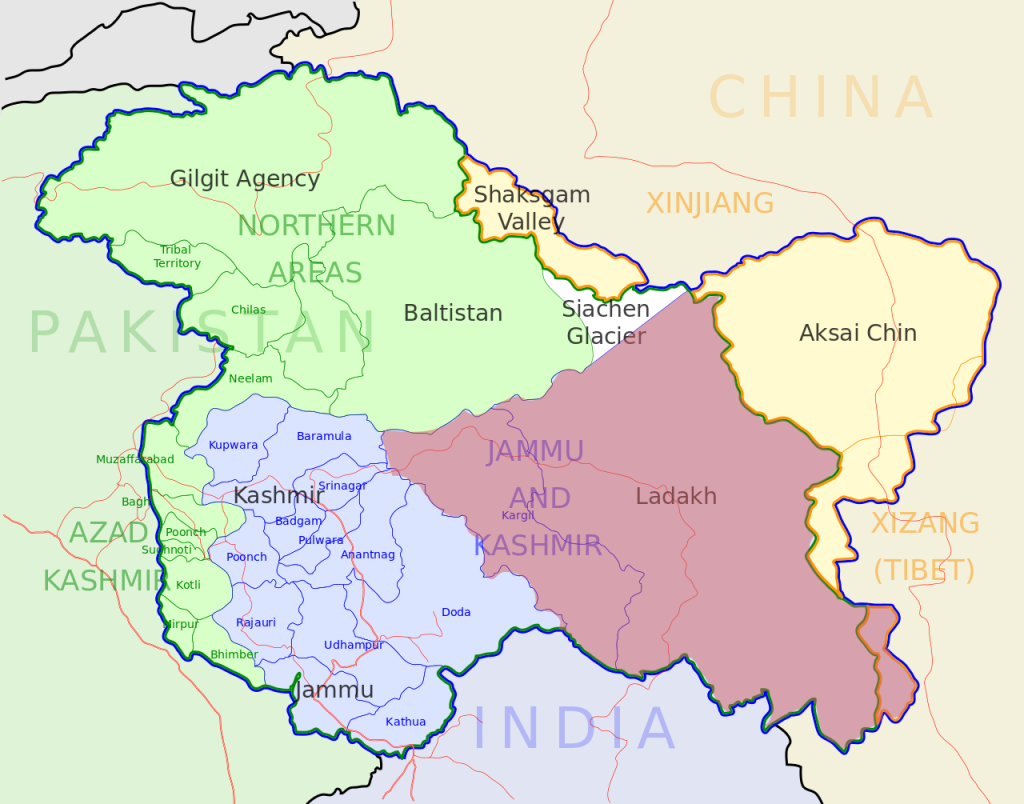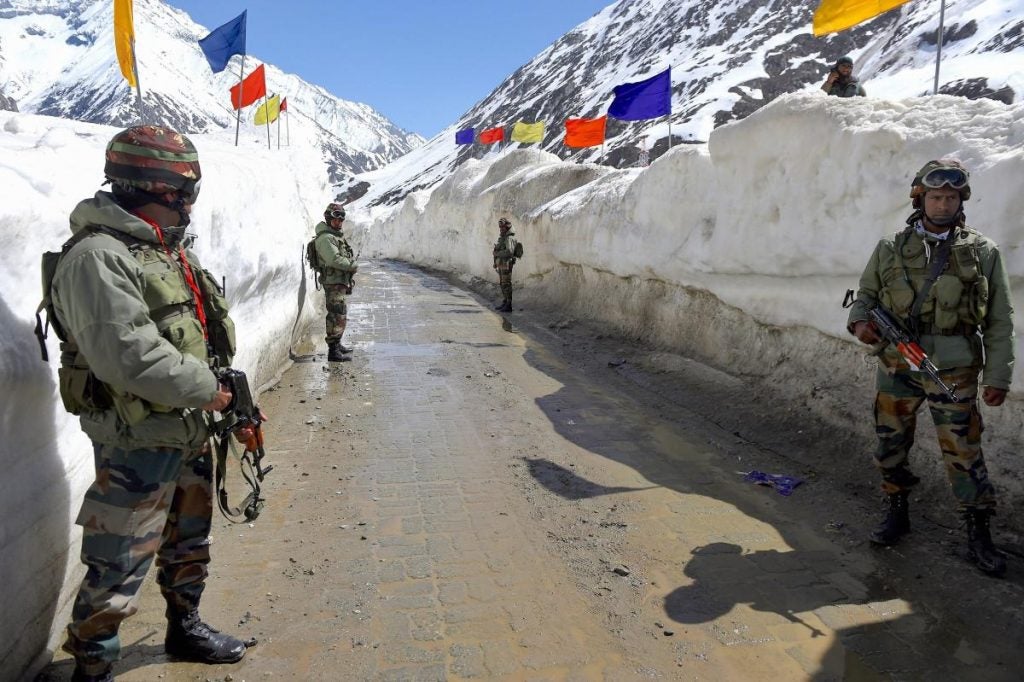20 Indian Soldiers Killed In Border Clash with Chinese Troops
The Indian Army announced today that 20 soldiers had died as a result of a clash with Chinese troops in the Galwan Valley, in Eastern Ladakh on Monday night. The deaths of the soldiers marks the first time since 1975 that Indian soldiers have been killed during a border clash with China. The class represents a deeply concerning escalation in the border dispute between the two countries that has been ongoing since May this year.
The Indian Army initially announced that an officer and two soldiers had been killed, before making another statement later in the day, saying:
“Indian and Chinese troops have disengaged at the Galwan area where they had earlier clashed on the night of 15/16 June 2020. 17 Indian troops who were critically injured in the line of duty at the stand-off location and exposed to sub-zero temperatures in the high altitude terrain have succumbed to their injuries, taking the total that were killed in action to 20. Indian Army is firmly committed to protect the territorial integrity and sovereignty of the nation.”
The Chinese government accused Indian forces of instigating the clashes, with Chinese foreign ministry spokesman Zhao Lijian being quoted by AFP as saying that Indian soldiers “crossed the border line twice… provoking and attacking Chinese personnel, resulting in serious physical confrontation between border forces on the two sides.” The Chinese government has yet to comment on the extent of casualties suffered by Chinese forces.
The exact nature of the engagement remains unclear but the region in which it took place is an extremely difficult area to conduct operations in. The valley the clash took place in is characterised by has steep slopes, narrow passes and treacherous trails.

The circumstances that led to the deaths of the soldiers remain unknown, although anonymous reports from Indian military sources, shared via social media, claim that a dispute over the removal of a Chinese military camp on the Indian side of the Line of Actual Control resulted in a melee that spread to a narrow trail on the steep valley side. While some Indian soldiers fell over the side of the trail during the fighting, the arrival of large numbers of Chinese reinforcements resulted in the trail collapsing under the weight, causing even more soldiers to fall into the Galwan River.
It has been confirmed that one of the Indian troops killed in the incident was a senior officer, Lt.Col. Bikkumalla Santosh Babu, reportedly the commanding officer of the 16 Bihar Regiment.
With the situation in danger of escalating further the UN were keen to urge restraint and deescalation, Eri Kaneko, Associate Spokesperson for the UN Secretary-General, commented on the situation at the UN’s daily press briefing, saying: “We are concerned about reports of violence and deaths at the Line of Actual Control (LAC) between India and China and urge both sides to exercise maximum restraint. We take positive note of reports that the two countries have engaged to deescalate the situation.”
Public opinion in India following this clash is likely to have a strong influence on how New Delhi handles this incident, given the severity of Indian Army losses. Some Indian media outlets are already hailing the Indian soldiers killed as martyrs and claiming large Chinese casualties. The Indian Ministry of External Affairs, however, has struck a more conciliatory tone, stating that they remain “firmly convinced of the need for the maintenance of peace and tranquillity in the border areas and the resolution of differences through dialogue”, while emphasizing their commitment to India’s sovereignty and territorial integrity.

